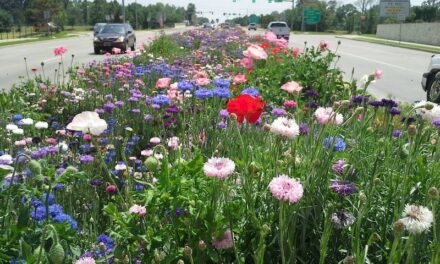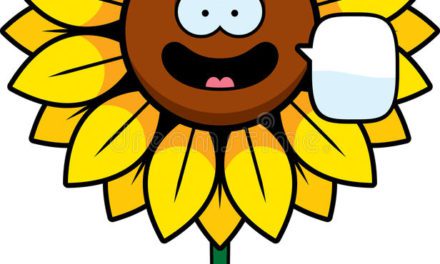 The garden centers are ready for you to come and buy summer flowers, shrubs, trees, and supplies. There are so many choices your budget is the only limiting factor. I have started a few seeds indoors.
The garden centers are ready for you to come and buy summer flowers, shrubs, trees, and supplies. There are so many choices your budget is the only limiting factor. I have started a few seeds indoors.
They will be ready to plant outside about the middle of March which is the last average frost date here on the coast. Easter is early this year so, hopefully we will have plenty of blooms on early azaleas and late camellias. I have my first daffodils blooming in the flower bed out front, redbud blooming down the street and Winter Daphne’s wonderful sweet lemony fragrance in the flower pot by the front door. I expect these are all signals that the soil temperatures are warming up.
It is too soon to put down lawn fertilizer, but if you had a problem with summer weeds last year, it is the right time to use pre-emergent herbicides. Check the label on any pesticide for ingredients, directions for use, efficacy, and mode of action. Also check to see if any toxicity is listed for fish or bees. Lawns should be not be fertilized until at least two weeks after complete green up. Using light fertilization several times over the summer is preferable to heavy applications all at once. It’s also a little early to plant grass seed. We could still have a frost.
If you started heavy pruning of trees and shrubs last month you can finish it this month. This should be done to maintain the natural form of the shrub and open up the canopy improving air flow and light. Wait to prune climbing roses, azaleas, and “mophead” hydrangeas until after they bloom. These plants form flower buds in the late summer and pruning in spring will reduce blooms. Shrubs can be fertilized later in the month with all purpose or special fertilizers before they finish blooming. All fertilizers must be watered in thoroughly so they can go to work. Wash dry fertilizer off leaves, walks or driveways to avoid damage. Using mushroom compost or composted manures will help to condition poor sandy soils and improve soil tilth and texture. Leaf mold and mulch are also good to add around shrub and flower beds now.
Trees planted in the fall, winter, or early spring will have a better chance of establishment, and they will need regular watering in the first season. Mulching will help to hold soil moisture, but always check with your finger to see if they are getting enough but not too much.
Summer flowering plants can be planted now: canna, agapanthus, and oriental lilies. Pansies and snapdragons will also give a great spring show of flowers. Sow seeds for annual flowers too like dill, marigold, zinnia, cosmos, nasturtiums, and cleome. The garden, of course, needs a diversity of flowers for cutting, attracting pollinators, and lots of them are also edible. Using charts for companion planting, and planting as early as possible, may help avoid some of the pests and diseases in your vegetable patch.
Spring is such a welcome time for gardeners and plant enthusiasts. It is difficult for me to see blooming, budding, and bursting plant life without a sense of wonder and awe. Even though I planted the bulb, Mother Nature woke it up, gave it water, and soil. Some of the plants coming up in my yard were directly seeded by some long ago bird or squirrel. Thanks!







